Quick Links: About Us - Contact Us
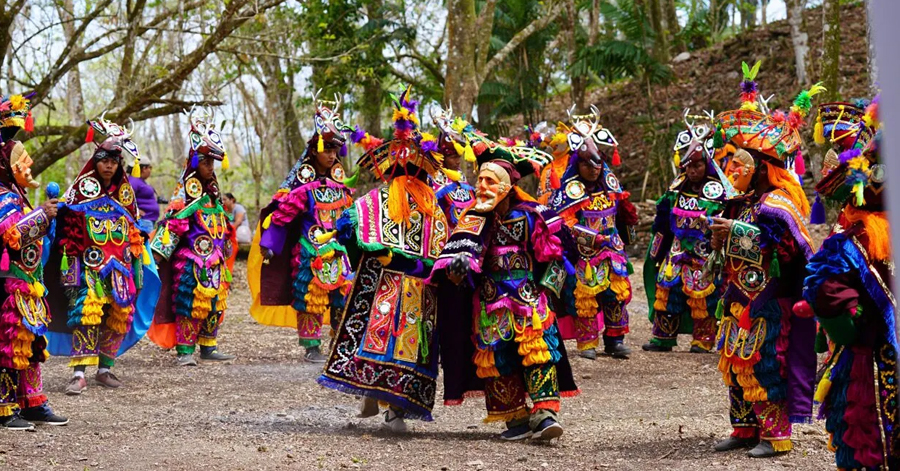
Belize may be known for its turquoise waters and adventurous rainforests, but beneath the surface lies a treasure trove of authentic cultural encounters that few travelers truly explore. While most guides highlight festivals or famous landmarks, the real heartbeat of Belize’s culture pulses in its villages, homes, kitchens, and community spaces. In this blog, we’ll take you on a journey through some of Belize’s most captivating and lesser-known cultural experiences that reveal the country’s diverse heritage in its purest form.
The Melting Pot Effect: More Than Meets the Eye
Belize is a nation born from migration, adaptation, and deep-rooted tradition. Home to Creole, Mestizo, Maya, Garifuna, East Indian, Chinese, and Mennonite communities, Belize’s cultural blend is unlike anywhere else in Central America. Each group contributes unique customs, languages, cuisines, and beliefs that create a rich mosaic of everyday life.
While these communities live side by side, many maintain distinct traditions passed down for generations. And it’s in these community enclaves—not tourist hubs—where the soul of Belize’s culture thrives.
Garifuna Villages: Living Rhythms and Ancestral Voices
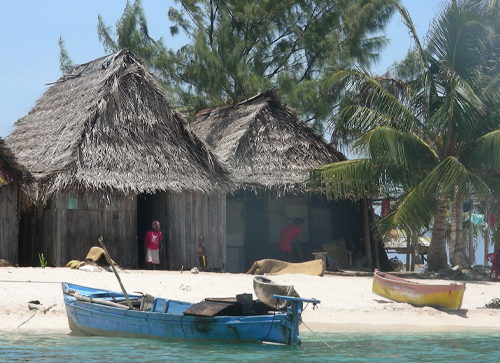
Forget the staged performances in city plazas. To really understand Garifuna culture, head to villages like Hopkins or Seine Bight, where the air carries the beat of traditional punta rhythms and the language of Arawak and African descent.
Take part in a drumming workshop with a Garifuna elder, learn to prepare the iconic dish hudut (a coconut fish stew with mashed plantains), and hear stories that trace back to ancestral journeys across the Atlantic. Many visitors describe this as a transformative, grounding experience—connecting them to the very roots of resistance, resilience, and joy.
Mayan Culinary Wisdom in the Hills of Toledo

While ancient Maya temples dot the Belizean landscape, the living Maya culture often goes unnoticed. Deep in Toledo District, Maya women are reviving traditional farming and cooking practices that date back centuries.
Spend a day in a family-run cultural center where you can grind corn on a metate, press tortillas by hand, and cook over an open fire. These aren’t culinary classes—they’re cultural immersions. You’ll learn how food intertwines with lunar cycles, ceremonies, and health, gaining insight into how Mayan knowledge systems continue to shape modern Belize.
Creole Language and Storytelling in Rural Communities
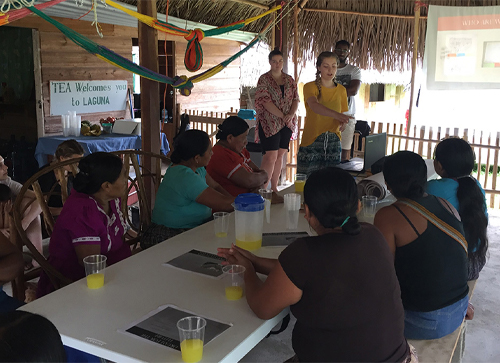
Creole isn’t just a language in Belize—it’s a rhythm, an attitude, a cultural code. Although English is the official language, most Belizeans speak Creole at home, especially in traditional Creole communities like Gales Point Manatee.
This remote peninsula, known for its deep folklore roots, is one of the best places to experience Creole storytelling. Under the stars, local elders share Anansi tales—moral-rich stories passed down from West African traditions, featuring the mischievous spider god. It’s a form of entertainment and education that predates television and continues to bind generations.
Pair this with a traditional Creole meal of stew chicken, rice and beans, and fried plantains, and you have a deeply personal cultural encounter.
Unlock Exclusive Tips, Offers, and Guides.
Subscribe now and be the first to access this limited-time offers.
Mennonite Markets: Simplicity Meets Self-Sufficiency
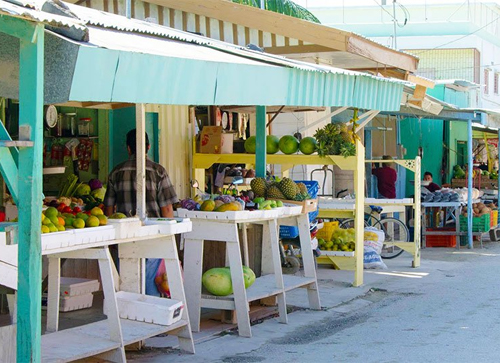
Often overlooked by cultural tourists, the Mennonite communities of Belize offer a unique lens into rural simplicity and self-reliance. Dressed in plain clothes, speaking Plautdietsch (a German dialect), and using horse-drawn buggies, these communities maintain a way of life far removed from modernity.
Visit the Spanish Lookout market on a Saturday morning and you’ll find fresh produce, homemade cheeses, wood-crafted furniture, and some of the best ice cream in the country. The Mennonite influence on Belize’s agricultural and dairy industry is enormous, yet they remain largely under the radar in cultural tourism circles.
East Indian Influence: Hidden in Plain Sight
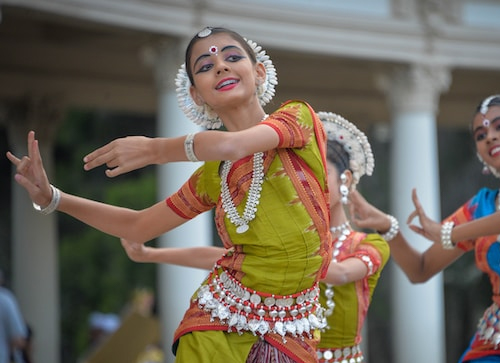
East Indian Belizeans make up a smaller, but culturally significant portion of the population. Mostly found in Punta Gorda and Calcutta, this community introduced traditional spices, curry dishes, and religious practices that continue to shape Belizean identity.
Attend a local cooking demo where you’ll learn to make dhal puri, curry chicken, and roti—all from scratch. You’ll also discover how these families preserved their heritage while blending with Creole and Mestizo influences. This cultural layering is what makes Belizean food and customs so nuanced and unique.
Cultural Etiquette: The Heart of Respect
One of the most enriching aspects of Belizean culture isn’t found in museums or markets—it’s the people’s warmth and hospitality. Whether you’re welcomed into a family home for lunch or waved down by children in a village, respect and friendliness are cornerstones of Belizean interaction.
Understanding local etiquette, such as greeting people when entering a shop or using respectful titles for elders, can deepen your experience and open doors to more authentic encounters.
Final Thoughts: Go Beyond the Guidebook
Belize’s cultural landscape is as diverse as its ecosystems. But to truly understand it, you need to go beyond the guidebooks and festival calendars. Engage with the people, learn their languages, cook their food, and listen to their stories. The deeper you dive, the more vibrant and meaningful your travel experience becomes.
Whether you’re dancing to Garifuna drums in Hopkins or eating fresh tortillas in a Maya kitchen, you’re not just witnessing Belizean culture—you’re living it.

